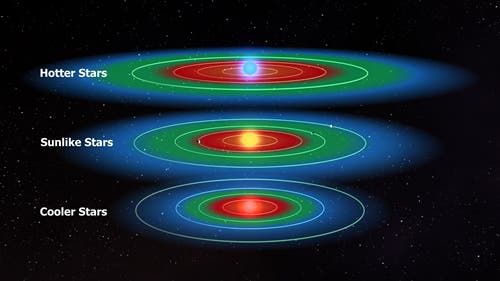Although astronomers have identified less than a dozen potentially habitable planets so far, a new study suggests that our galaxy may be teeming with planets actually capable of hosting life.

Based on data from NASA’s planet-hunting Kepler spacecraft, researchers had previously predicted that there should be one Earth-sized planet in the habitable zone of each red dwarf – the most common type of star. But this study more than doubled that number, after considering how cloud cover might help an alien planet support life.
“Clouds cause warming, and they cause cooling on Earth,” study researcher Dorian Abbot, an assistant professor in geophysical sciences at the University of Chicago, said in a statement. “They reflect sunlight to cool things off, and they absorb infrared radiation from the surface to make a greenhouse effect. That’s part of what keeps the planet warm enough to sustain life.”
The habitable zone is a rather unstable notion, changing as astronomers and exobiologists gather and process more data; it is the area where a planet has the right temperature to hold liquid water on its surface – the main requirement for life as we know it. If the planet is too far from the star, water will freeze, and if it is too close, it vaporize. Since red dwarfs are dimmer and cooler than our Sun, their habitable area is cozier.
“If you’re orbiting around a low-mass or dwarf star, you have to orbit about once a month, once every two months to receive the same amount of sunlight that we receive from the sun,” explained another study author, Nicolas Cowan, a postdoctoral fellow at Northwestern University.
These planets could be fundamentally different from what we know; with such a snug orbit, they have the potential to remain tidally locked – permanently stuck with one side facing the star (eternal day), and one side facing the other way (eternal night).
In this new study, they used 3D simulations to model the way air and moisture would move over a planet tidally locked around a red dwarf. They if there is water on the surface, even if it is too close to the star and the water evaporates, it will create clouds – and these highly reflective clouds would build on the side facing the star, creating a cooling effect which would help “future generations” of water remain liquid.
“If you look at Brazil or Indonesia with an infrared telescope from space, it can look cold, and that’s because you’re seeing the cloud deck,” Cowan said. “The cloud deck is at high altitude, and it’s extremely cold up there.”






